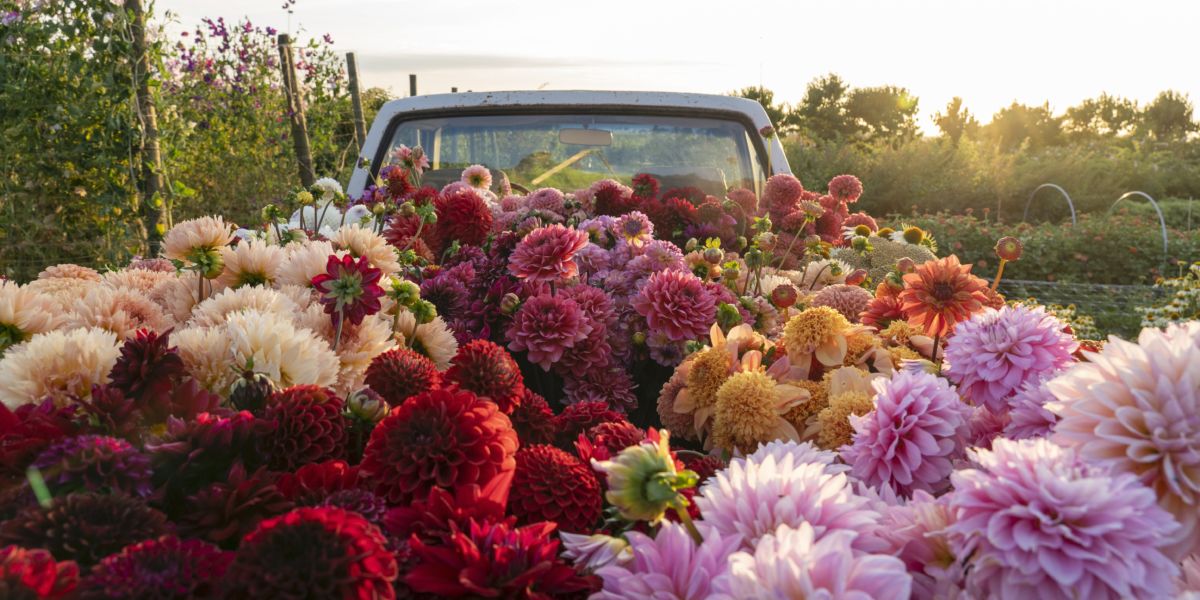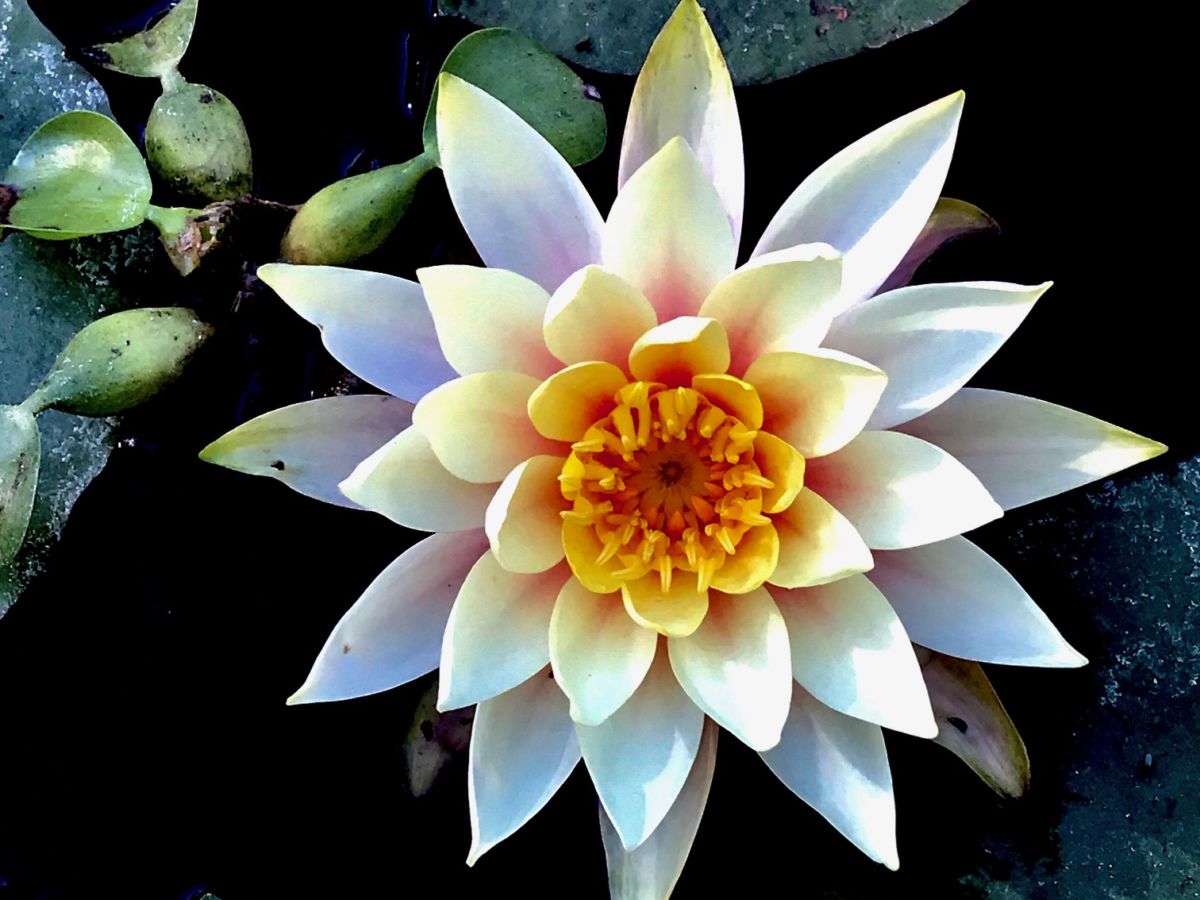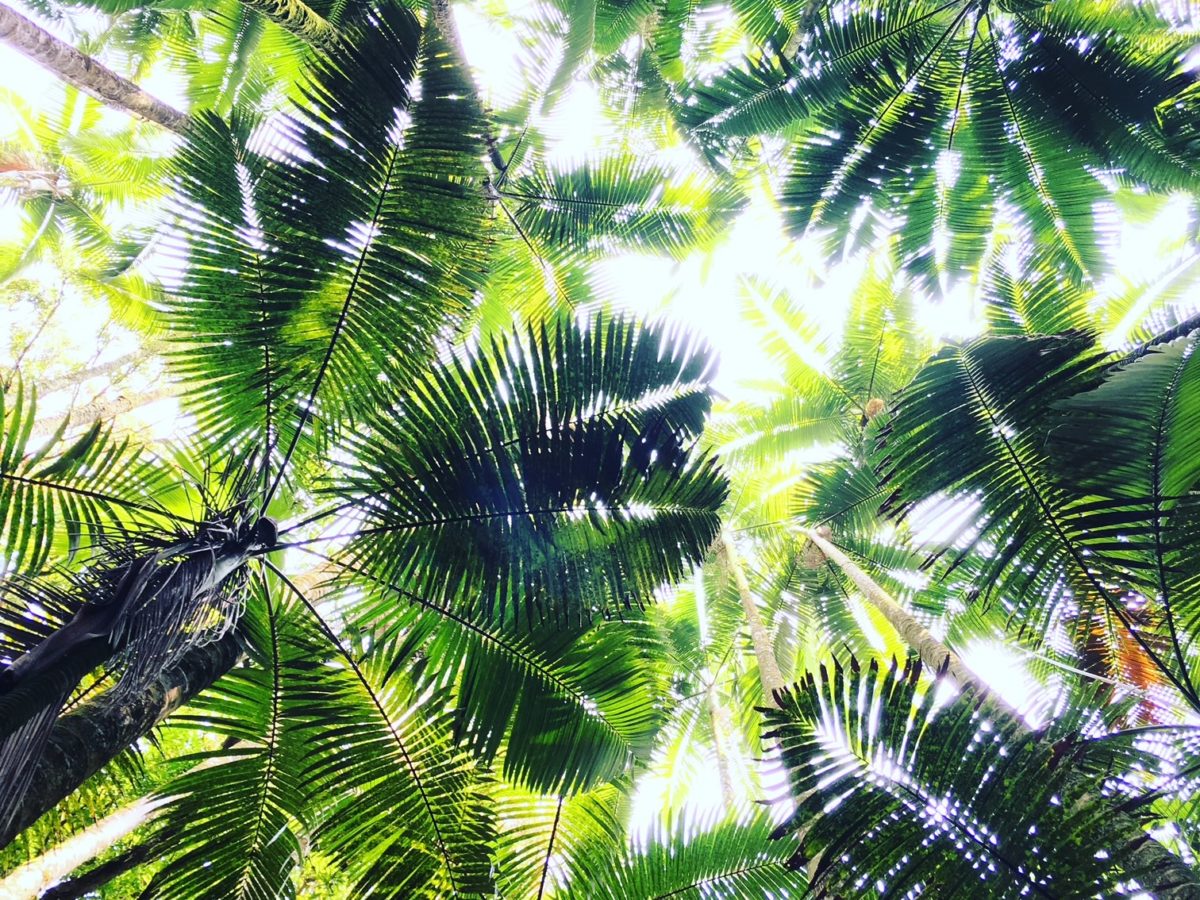
Take Photos That Will Make Your Garden the Envy of Instagram
Sunset Magazine’s staff photographer spills secrets on how to ’Gram your garden like a pro.

Thomas J. Story
If you’re taking pictures of your garden to share on Instagram (or refining your artistic DSLR skills) you could learn a thing or two from Tom Story, Sunset’s longtime staff photographer. Tom has probably shot more gardens than anyone in the business—including most of the gardens in this issue. Here he shares the secrets of how to perfect your pictures of plants. For more Instaworthy shots by Tom, set aside time to scroll @sunsetphoto.
It’s All about the Light
You can have a great composition, but if the light is bad it will ruin the shot. Prepare to photograph in the very early morning or very late afternoon. Some flowers do not open until they’re in full sun, so that can be tricky. If you wait until the end of a hot day the plants can wind up looking tired. Overcast days allow the full saturated colors to come through and there’s less reflective glare on shiny leaves.
Expose Like a Pro

Thomas J. Story
If you’re using a phone camera, try to expose for the highlights. Most phones have an exposure lock so you can lock your exposure on the brightest part of the subject and recompose without the exposure changing. It’s much easier to open up the shadows of a slightly dark image than it is to try and recover highlight detail lost from overexposure.
Backlight Is Beautiful

Thomas J. Story
The difference between an image looking snapshot-like versus professional can come down to the proper use of backlight, which can add dramatic lens flare or let your highlights blow out. Experiment with shooting directly into the sun and placing the plant or flower in the composition to block the sun. Then adjust the exposure so you can see the subject while allowing the background to go bright.

